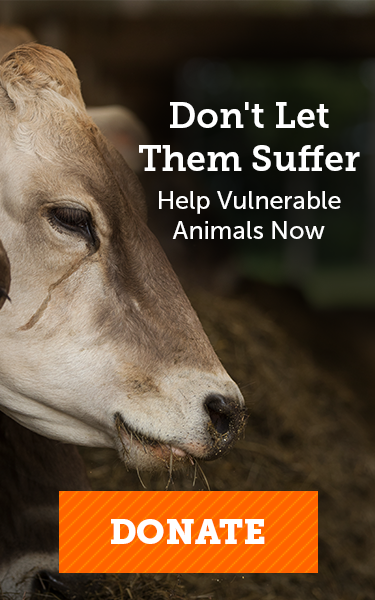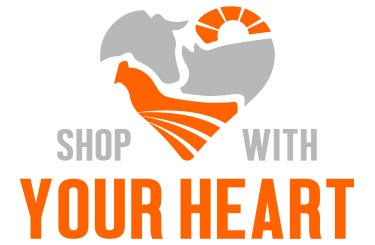
Farm: Cold Spring Ranch
Location: North New Portland, Maine
Operation Profile: ≈150 Angus stockers/year and ≈100 pigs/year
Certification: GAP Tier 4
Background
Gabe Clark started Cold Spring Ranch in 2005, when he purchased a 240-acre former dairy farm in Maine to raise Angus stockers. In his first year, Gabe processed 24 calves. Today he and his wife, Molly, process around 150 cattle per year. A significant portion of their sales are to Whole Foods Market® (WFM) and other markets in the Portland/Freeport area. They also sell to restaurants, Bates College, Colby College and directly to the public. Gabe raises his cattle free-range throughout the year and provides a 100% grass diet. Pigs are pastured when weather permits and are supplemented with a non-GMO grain diet.
Getting Certified
Currently, Cold Spring Ranch beef and pork products are rated as Global Animal Partnership Tier 4, GAP’s “pasture-centered” level. In 2007, WFM bought Wild Oats, where Gabe was selling his products. When WFM required that fresh meats be GAP-certified, Gabe sought and maintained GAP certification so that he could continue to sell to WFM.
Gabe said, “I didn’t have to change a thing about my operation to participate.” He just had to tweak methods of record keeping to formally document what he was already doing.
Gabe pays certification costs for his farm, the three farms from which he purchases calves, and his processor. He covers the other operations’ costs because, as he sees it, he is “asking them to do more,” in terms of GAP’s record-keeping requirements. Currently, he pays his GAP certifiers and processor certifiers over $10,000 per year.
GAP Certification Outcomes
Product Differentiation. . In Gabe’s view, America’s agricultural economy has evolved in such a way that the beef cattle farmer has two business models to choose from and/or work toward: (1) high-volume (low-cost) production with low profit margins, or (2) low-volume (higher-cost) production with high profit margins. According to Gabe, the price premiums that drive the higher profit margins in the latter model have to be justified by some meaningful product differentiation.
He points to GAP standards as giving him negotiating power. “As GAP adds more requirements,” he explains, “it gives me more safety in the markets that request them.” Each new animal welfare standard is another hurdle that a competitor might not work to surmount.
Market Access. WFM is Cold Spring Ranch’s single largest customer. Gabe appreciates the reliable sales outlet, though he notes that his ability to benefit from this market access is limited by the number of cattle he can produce given his land base.
10%+ Premiums. Gabe contracts with three Maine cow-calf operations for his GAP-certified cattle. He states that he pays them at least a 10% premium, part of which is to compensate them for their efforts complying with GAP’s requirements. Over time, he has been able to transfer those costs to WFM. (Note: Farms that do not sell directly to WFM may still sell animals to farms that do, and benefit from related premiums. With that in mind, Gabe advises farms to contact their closest WFM to ask about which local farms sell directly to the store).
Supporting Local Economies. Gabe and his three calf providers “essentially joined forces to have enough acres to make enough animals to meet a market.” As a result, he looks at WFM, GAP, and GAP premiums as mechanisms for supporting the local farmers he works with.
Improved Animal Welfare. According to Gabe, strict welfare standards—like early castration and late weaning—are “just good management” in that they reduce stress and trauma that can contribute to illness. Cold Spring Ranch was created with the belief that high-quality animal care, including a stress-free environment, natural diet and natural habitat, is crucial to success. GAP helps communicate these values to the customer.
Why Certify with GAP?
“You want to have your product be worth something? Differentiate it,” advises Gabe. For producers who are already close to meeting GAP standards and could potentially develop a relationship with WFM or another farm that sells into WFM, “the barrier is just knowledge of opportunities and the potential benefits.”

 Take the Shop With Your Heart survey and get materials that will help you make great shopping decisions.
Take the Shop With Your Heart survey and get materials that will help you make great shopping decisions.